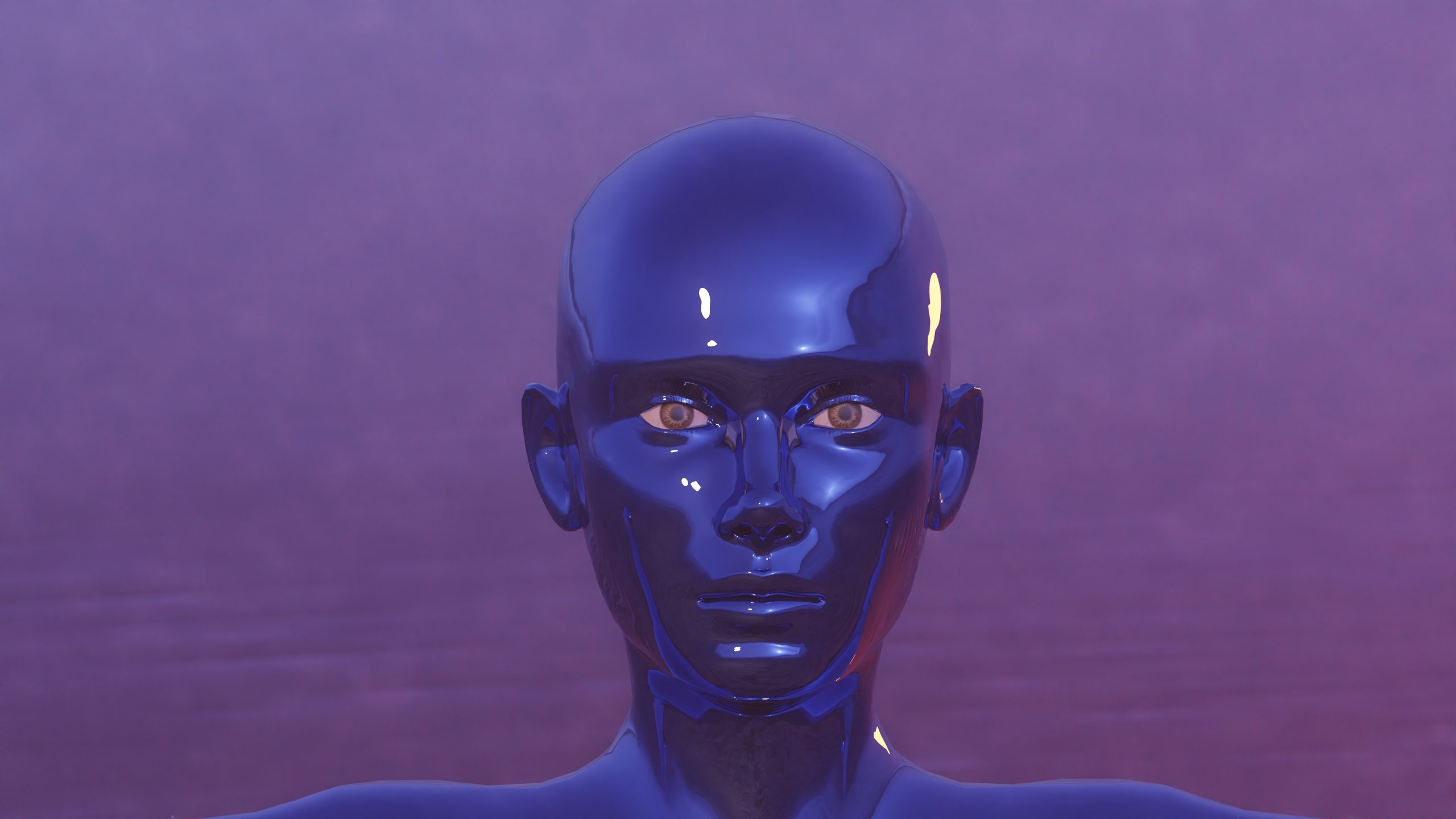
New technologies in cultural institutions – AI, VR and intellectual property law
Modern technologies are changing the face of the cultural sector, offering institutions new opportunities to present artworks and interact with visitors. Artificial intelligence (AI), virtual reality (VR) and other innovative tools are becoming increasingly common in museums and galleries. However, like any modern technology, they come with legal challenges. In this article, we will have a look at what legal issues ought to be taken into account when implementing AI and VR in cultural institutions.
1. Artificial intelligence in cultural institutions – new opportunities and legal challenges
Artificial intelligence can find application in cultural institutions primarily in areas such as:
• Automatic recognition of images and objects – AI can analyze paintings, sculptures or artifacts, helping to classify and digitize collections.
• Interactive exhibitions – Artificial intelligence makes it possible to create personalized experiences for visitors, such as by generating personalized tours and talking to digital guides.
• Art restoration – AI also supports the conservation and restoration processes of works of art, such as virtually recreating damaged pieces.
• Content and image creation – Artificial intelligence can support marketing and promotion departments in creating content published on websites and social media.
Legal issues related to AI in museums
• Copyright of AI results – Who owns the copyright to works created by AI, such as digital copies or new images created by algorithms? In the case of AI-created works, there are currently still no clear regulations as to who is the creator. Each time, it is important to review the terms of the software license to verify whether and to what extent we can use elements obtained from AI.
• Data protection – If AI uses user data, e.g. to personalize an exhibition, create targeted texts, develop data, institutions must ensure compliance with data protection laws (RODO).
2. Virtual reality (VR) in cultural institutions – new experiences and legal challenges
Virtual reality opens up cultural institutions, especially museums and galleries, as well as theaters, to entirely new perspectives, allowing them to:
• Creating virtual exhibitions – VR makes it possible to visit museums without leaving home, offering virtual walk-throughs of rooms full of interactive elements.
• Historical reconstructions – VR provides the opportunity to transport visitors to the past, such as recreating historic buildings or historical events.
• Audience education and engagement – virtual exhibits can gain new forms of interaction, engaging visitors in ways that are not possible in traditional settings.
Legal aspects in the use of VR
• Rights to virtual content – when creating virtual exhibitions, photos, videos, sounds and other copyrighted materials are often used. Institutions must obtain the appropriate licenses for their use in the VR space. It is also worth taking care of the possibility of exercising subsidiary rights to these works, since the creation of VR spaces will usually require modifications to the original work (e.g., converting a flat object into a three-dimensional object).
• User safety – visitors using VR should be informed about the risks of long-term use of VR technology, e.g., dizziness, eye fatigue, and they need to have privacy protection, especially if data is collected about their behavior during the sightseeing.
• Regulations on the use of VR equipment – institutions should ensure clear regulations on the rules for the use of VR equipment, especially with regard to the responsibility of visitors, as well as the presence of minors under the care and responsibility of legal guardians.
New technologies such as AI and VR have great potential to revolutionize the way we visit museums and galleries. Using artificial intelligence to automatically recognize objects or create interactive exhibitions in VR allow for a whole new experience. However, their implementation comes with legal issues ranging from copyright to data protection. Cultural institutions need to be aware of these challenges and prepare accordingly so that they can take full advantage of the potential of new technologies.